Tube Feeding Types
Tube feeding is conducted in case of a damaged gastrointestinal tract. Patients by feeding tubes are receiving enteral nutrition. It is generally used in LTC patients.
Nasogastric, nasoduodenal and nasojejunal are used for nasoenternal tube feeding. These are applied when patients can’t eat for longer periods of time. The feeding tubes can be inserted surgically, by computed tomography and in the percutaneous endoscopic gastronomy (PEG) procedure. Jejunal feeding tube extension (jejunostomy) can be added to existing PEG for patients that need prolonged enteral feeding, have chronic aspiration, have stomach disease, or previously had gastrectomy.

Complications
Complications of tube feeding may include:
Aspiration pneumonia
A leading cause of death (5-58%). The presence of aspiration pneumonia is characterized by respiratory difficulties or pneumonia. Age, esophagitis on endoscopy, history of pneumonia or aspiration, gastroesophageal reflux, narcotic medications, and neurological disorders are the risk factors.Aspiration pneumonia can be prevented if patients are fed while sitting or at a 45-degree body position. Oral care and promotility medications can reduce aspiration pneumonia risk
Gastrointestinal complications
1) Diarrhea. Can occur due to the formula of infusion or its rate, bacterial impact, infection, medications (containing sorbitol, magnesium, antibiotics, H2 blockers, etc),
2) Nausea, vomiting, and abdominal bloating. Abdominal bloating can occur because of excessive feeding rate, postponed gastric emptying, and reduced bowel motion. Nausea may be the result of abdominal bloating and cramps.
Metabolic complications.
These complications can take place if serum levels of potassium, magnesium, sodium, phosphorus, zinc, copper, and vitamins are either high or low. Hyperglycemia, as another metabolic complication, occurs in 10-30% of patients due to overfeeding, acute illness, and low insulin.
Refeeding syndrome can be present in chronic alcoholics, anorectics, malnourished patients, and those that receive infusion without nutrients. One of the symptoms is hypophosphatemia which induces cardiac, respiratory, gastric, and renal disorders.
Mechanical complications.
Insertion of tube carries the risk of perforation, rhinitis, intracranial and bronchial insertion. The position of the feeding tube should be radiologically determined. Nasoenternal tubes can cause an abscess, sinusitis, nasal erosion, hoarseness, and sore mouth.
Since the tube can be accidentally pulled out, it should be fixed with tape since the removal may include certain problems. Leakage of tubes is also very common and may cause skin abrasion and severe hygiene problems. Feeding tubes can often block and can be prevented by regular flushing with water or certain solutions.
Complications due to drug-enteral feeding
This may happen because of interaction between prescribed medications and enteral feeds, hence these two must be separately administered.
- The medical records of 31 patients having gastrostomy (27 patients) and jejunostomy (4) feeding tubes inserted in our Department were retrospectively studied. All were discharged on long-term (>3 months) enteral nutrition and followed up at regular intervals by a dedicated nurse.
- Any problem or complication associated with tube feeding as well as the intervention, if any, that occurred, was recorded. Data were collected and analyzed.
- All the patients were followed up for a mean of 17.5 months (4–78). The most frequent tube-related complications included inadvertent removal of the tube (broken tube, plugged tube; 45.1%), tube leakage (6.4%), dermatitis of the stoma (6.4%), and diarrhea (6.4%).
- There were 92 unscheduled health care contacts, with an average rate of such 2.9 contacts over the mean follow-up time of 17.5 months.
- Despite that all 31 patients of this study were well trained on all the aspects of the home tube feeding system, our results showed that tube-related complications, although not life threatening, were common and they were associated with increased health care use.




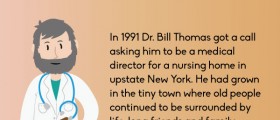


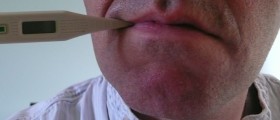




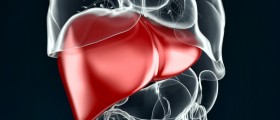
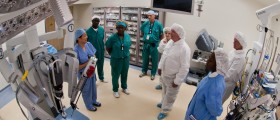


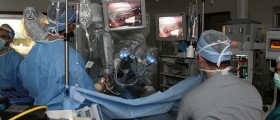
Your thoughts on this
Loading...